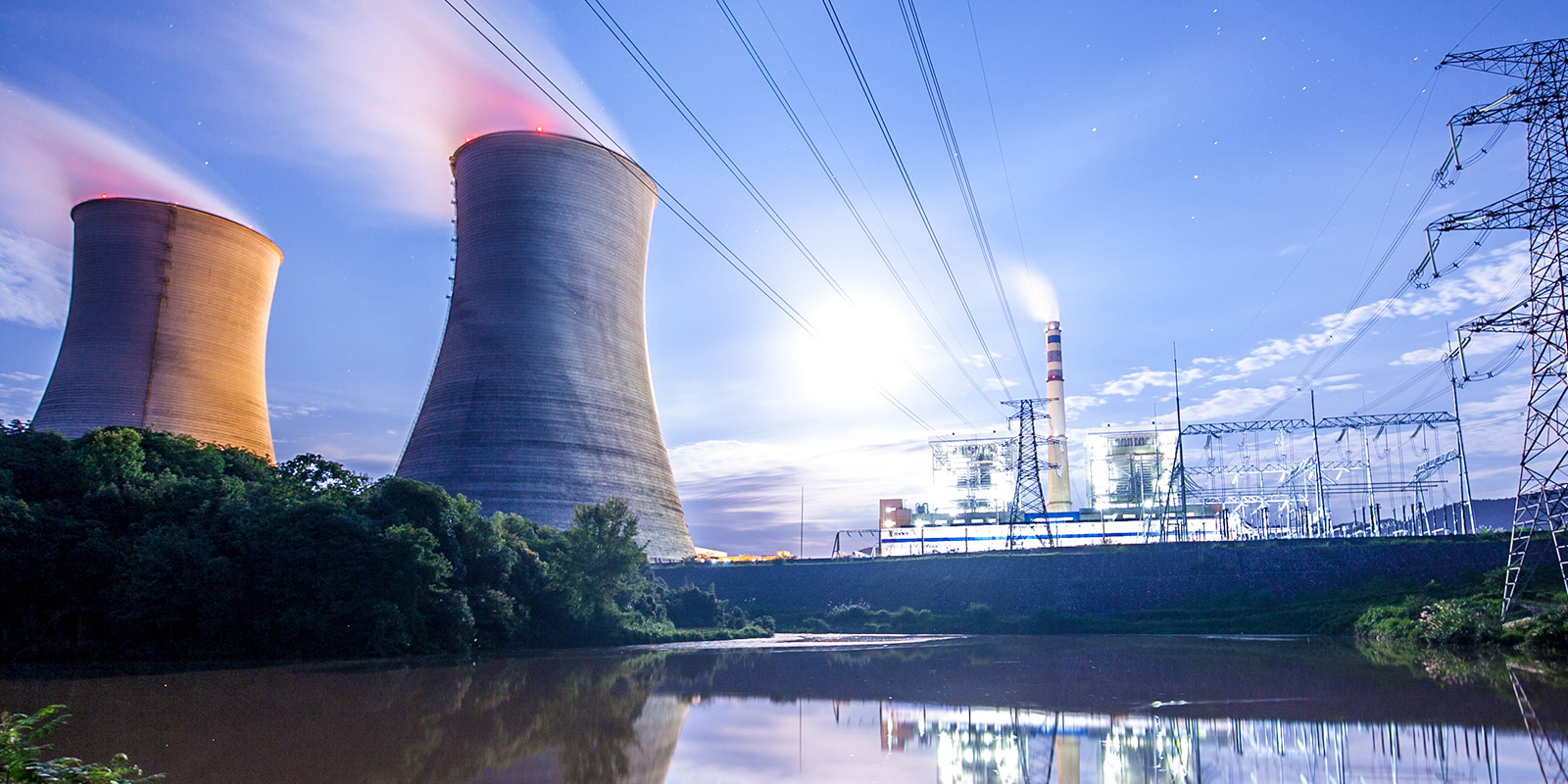
EPA Proposes New Carbon Pollution Standards for Fossil Fuel-Fired Power Plants
The Environmental Protection Agency ("EPA") is proposing stringent carbon dioxide emissions standards for coal- and gas-fired power plants.
On May 11, 2023, the EPA announced a proposed rule to revise greenhouse gas standards and guidelines for fossil fuel-fired power plants ("the Proposed Rule"). EPA is proposing guidelines for greenhouse gas ("GHG") emissions from existing fossil fuel-fired steam generating electrical generating units ("EGUs"), with a proposed compliance date of January 1, 2030. In the Proposed Rule, EPA is also proposing to repeal the 2019 Affordable Clean Energy Rule, which was promulgated by the Trump Administration to replace the 2015 Clean Power Plan.
For coal-fired steam EGUs that plan to operate past 2039, EPA is proposing a best system of emissions reduction ("BSER") of carbon capture and sequestration/storage ("CCS") with 90 percent capture of carbon dioxide ("CO2") at the stack. For units that will permanently cease operations after December 31, 2031, but before January 1, 2040, EPA is proposing a BSER of 40 percent natural gas co-firing on a heat input basis. Units that will permanently cease operations, between December 31, 2031, and January 1, 2035, will be subject to an annual capacity factor limit, and for units that will permanently cease operations before January 1, 2032, EPA is proposing a BSER of routine methods of operation and maintenance that maintain current emission rates.
EPA's proposed BSER for natural gas- and oil-fired steam EGUs is routine methods of operation and maintenance, with no increase in emission rate and with subcategories based on capacity and geographic location. The presumptive standards of performance would be 1,300 lb CO2/MWh-gross for base load units and 1,500 lb CO2/MWh-gross for intermediate load units.
EPA is further proposing emissions guidelines for existing fossil fuel-fired stationary combustion turbines. The proposed BSER for frequently operated turbines that are larger than 300 megawatt with a capacity factor of greater than 50 percent is based on either 90 percent capture of CO2 using CCS by 2035, or co-firing of 30 percent by volume low-GHG hydrogen beginning in 2032 and co-firing 96 percent by volume low-GHG hydrogen beginning in 2038.
Additionally, the Proposed Rule contains other actions, including revised new source performance standards ("NSPS") for GHG emissions from new and reconstructed fossil fuel-fired stationary combustion turbines and fossil fuel-fired steam EGUs that undertake a large modification.
Comments are due 60 days after the Proposed Rule's publication in the Federal Register. Additionally, EPA will host two webinars on June 6-7, 2023, to provide an overview of the rule and an opportunity to participate in a Q&A session. If finalized, the Proposed Rule is likely to be subject to intense public scrutiny and legal challenges as a result of the cost and burden on regulated units to comply.







